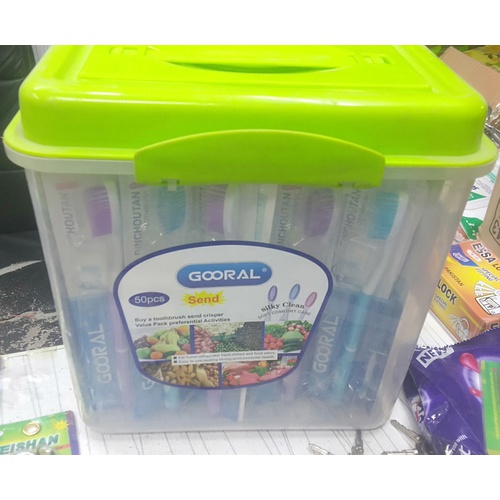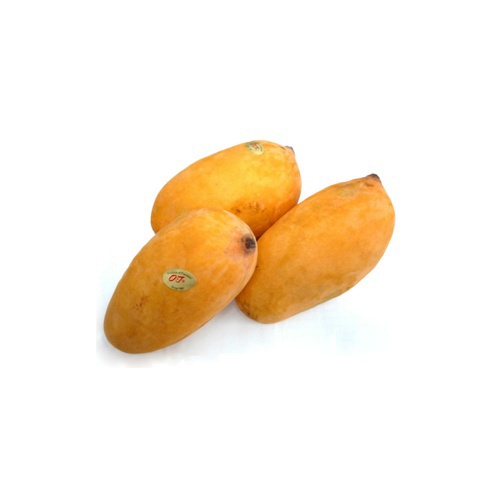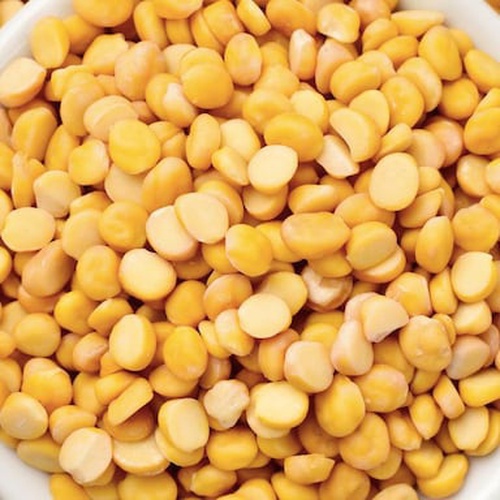Description
Rasp Berry
Raspberries produce many small, sweet fruits every summer—for over a month!
Come August, it’s critical to prune your berry shrubs to keep the berries coming! See our tips on growing, harvesting, and pruning raspberries.
Raspberries are the edible fruit of a plant species in the rose family.
There are many types of raspberries — including black, purple, and golden — but the red raspberry, or Rubus idaeus, is the most common Rasp Berry.
Red raspberries are native to Europe and northern Asia and cultivated in temperate areas worldwide. Most US raspberries are grown in California, Washington, and Oregon.
These sweet, tart berries have a short shelf life and are harvested only during the summer and fall months. For these reasons, raspberries are best eaten shortly after purchasing.
This article explores the nutritional value and health benefits of raspberries.
One cup (123 grams) of red raspberries contains (1):
- Calories: 64
- Carbs: 14.7 grams
- Fiber: 8 grams
- Protein: 1.5 grams
- Fat: 0.8 grams
- Vitamin C: 54% of the Reference Daily Intake (RDI)
- Manganese: 41% of the RDI
- Vitamin K: 12% of the RDI
- Vitamin E: 5% of the RDI
- B vitamins: 4–6% of the RDI
- Iron: 5% of the RDI
- Magnesium: 7% of the RDI
- Phosphorus: 4% of the RDI
- Potassium: 5% of the RDI
- Copper: 6% of the RDI
Raspberries also contain small amounts of Vitamin A, thiamine, riboflavin, vitamin B6, calcium, and zinc






